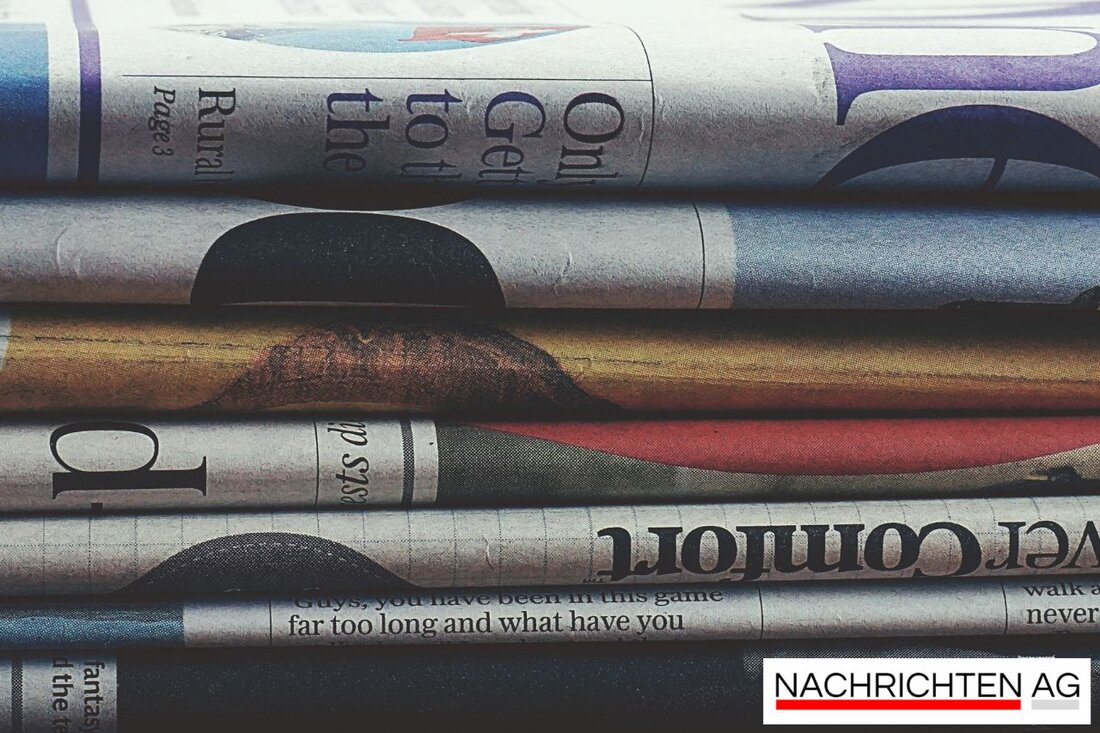Munich celebrates award -winning wildflower meadows for insect world!

Munich celebrates award -winning wildflower meadows for insect world!
The city of Munich sets an example of more biodiversity in urban rooms. In a solemn award, the ecological redesign of green spaces of the Ludwig Maximilians University in Munich (LMU) were awarded the second prize in the "Personal Services" category "More Green for Munich". The BUND Nature Conservation (BN), district group Munich, is proud of this result and shows that initiative is very popular in the natural design of green areas.
The award-winning areas are located in the Ludwigsvorstadt-Isarvorstadt district. Particularly noteworthy is an approximately 100 square meter meadow piece on Pettenkoferstraße 14a and several flower islands at Beethovenplatz 1. These areas were previously known as a multi -sectional grass, which demanded a lot of care and frequent mowing. Various redesign steps were made to create a habitat for domestic flora and fauna. This included the removal of the turf and the replacement of the top floor with low -nutrient substrate. Then the sowing was sowed by specially compiled seed mixtures and the use of young people's home plants.
An efficient care concept ensures that the new habitats offer sustainable retreats for numerous plant species. Among the newly grown species can be found, for example, meadow salle, ordinary snake head and meadow bellflower. The wildlife is also not neglected: different types of insects such as wild bees, bumblebees, butterflies and beetles have already accepted the new areas. The award ceremony will take place on July 10th in the town hall on Marienplatz and promises to become a further step towards a "species -rich and diverse" city.
urban green: more than just shop windows
The award of the LMU is part of a larger trend in German urban planning, where the importance of nature and biodiversity has been increasingly recognized in recent decades. According to a report by the Federal Center for Political Education, there have been efforts since the 1970s to redefine the relationship between humans and nature in urban areas. Historically, urban green spaces have been neglected for a long time, but now the "Green Infrastructure" approach is more in demand than ever.
These concepts combine park landscapes and biotope associations and take into account both human and ecological needs. However, the challenge remains to plan these areas ecologically and sustainably. A current project that emerges from this thought is "city green - rich in species and diverse", which is intended to motivate municipalities to make it close to nature. With a financial volume of over 2 million euros, uniform ecological standards are used to increase the quality of green areas and to include citizens and decision -makers in the process.
A good example of this provides the newly designed green areas in Munich, which are also part of a contemporary development strategy. These projects not only have an impact on biodiversity, but also contribute to improving the quality of life and the urban climate.
Together for the future
The success of these initiatives largely depends on rethinking in urban planning. It is worked on a network that combines various biotopes in cities. Methods such as the "Animal-Amed Design" are also used here, which puts the needs of animals at the center of planning. In this way, the urban area becomes a living place that is attractive not only for humans, but also for many animal and plant species.
The award of the LMU once again shows how important it is to promote ecological diversity in urban rooms. The next steps will decide whether these positive developments also exist in the long term. It is to be hoped that the Munich citizens: inside and the city administration will continue to have a good knack in the nature -related design of their surroundings.
| Details | |
|---|---|
| Ort | Ludwigsvorstadt-Isarvorstadt, München, Deutschland |
| Quellen | |
